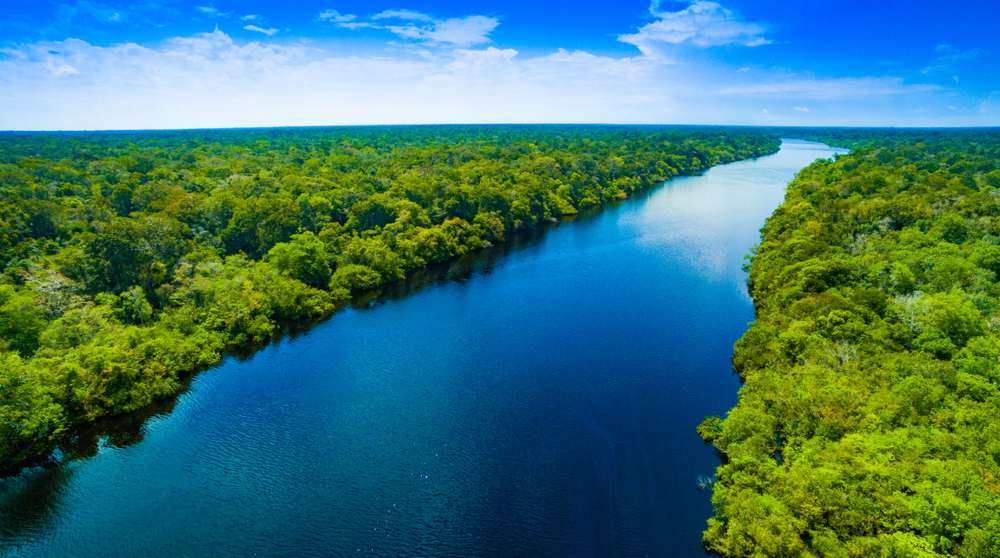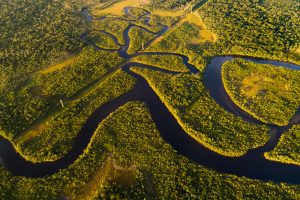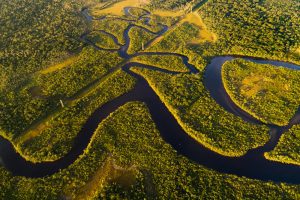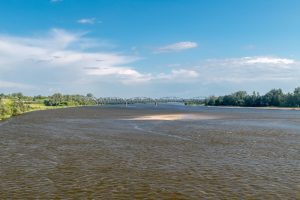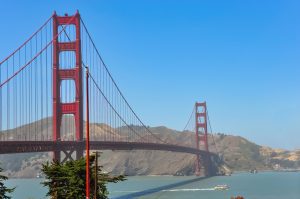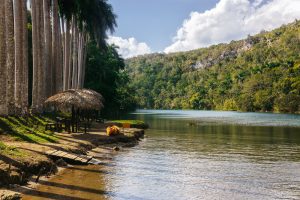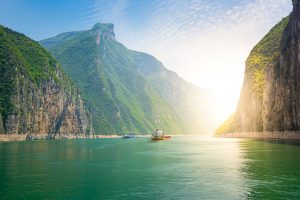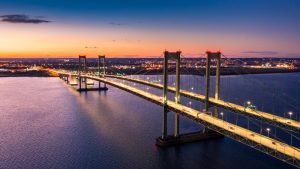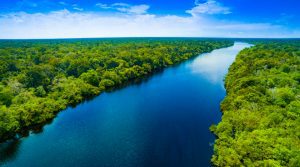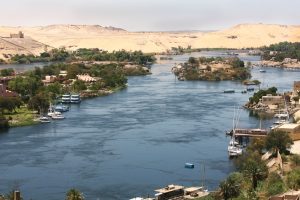The Amazon is now considered the longest river in the world according to Brazilian scientists. For years, the Nile was considered to be the longest but a series of expeditions showed that the Amazon is a few hundred miles long.
These latest expeditions partly funded by National Geographic show that the Amazon is longer than first thought. The Amazon is now believed to be 4.225 miles long or 6.800 kilometers long.
The Nile is 4.160 miles or 6.695 kilometers long. This switches recent geographical history.
Table of Contents
The controversy behind the Amazon vs Nile river length
The problem with measuring such long rivers is that data can be inexact. The latest Amazon measurements were taken using a few methods. Satellite imagery is yet to confirm these measurements.
You can also add the fact that the latest measurements by the Brazilian scientists haven’t been published in international research journals as a signal of doubt to their claims. Some scientists in Egypt believe their measurements not to be correct.
However, National Geographic now states the Amazon is the longest river in the world based on these latest expeditions.
All the controversies behind Amazon River length
Only the past 20-30 years are known to have offered conflicting data regarding the length of the Amazon. This is why there’s no international consensus on its official length. During this period, the river was reported to have a length anywhere between 6.400 kilometers and 7.088 kilometers.
River length data varies considerably from one author to another. But it’s not just its length that can seem confusing. Even the source of the river is yet unclear. The most distant source of the river is considered a glacier high up the Andes in Chile.
This is where a wooden cross marks its inception. But now, there’s new evidence to show that the most distant source of the Amazon is Rio Mantaro drainage. Still, most believe the Rio Apumaric glacial river on the Mismi Peak in Peru to be the river’s first water source.
Why the most recent Amazon river data might be true
Apart from what the scientists say, we now have different methods to attest to the length of the river. It was in 2007 that a man swam across the entire length of the Amazon river.
He swam 5.268km out of more than 6.4000km. It took Martin Strel 66 days to swim almost the entire length of the Amazon. His efforts weren’t without danger. Rescue boats were always on standby in case of emergency.
A river of extremes
No matter how much we know about the Amazon, the information on the river never seems to stop. Not many people know there are no permanent bridges over the river.
This means tourists and scientists have a difficult time making their way around the Amazon. There are only a few settlements along its shores and they use boats or temporary bridges to get across the river.
Another interesting fact which is yet to be fully explained is that a second Amazon River is flowing underneath the surface mirroring the main river. At an estimated depth of 4km, the Hamza River is the name given to the water flowing underneath the Amazon River.
The term river is rather a stretch of understanding but there is water flowing from the West to the East for at least 6.000km as preliminary research shows.
Final words
The Amazon continues to amaze scientists from Brazil, Peru, and the 7 other countries of this basin. Even those from outside South America find this river to be one of the most interesting when it comes to the overall ecosystem and its flow.
Some of the earliest discoveries of the river even showed that the Amazon used to flow from the East to the West millions of years ago. It was the rise of the mountains in Peru that eventually switched the river flow.
This theory has been confirmed by multiple scientists and it shows the Amazon is much more than the longest river in the world, it is part of the history of geological evolution in the South American continent.
It’s expected for new technologies of the satellites to be used for better mapping of the river in the following years.

